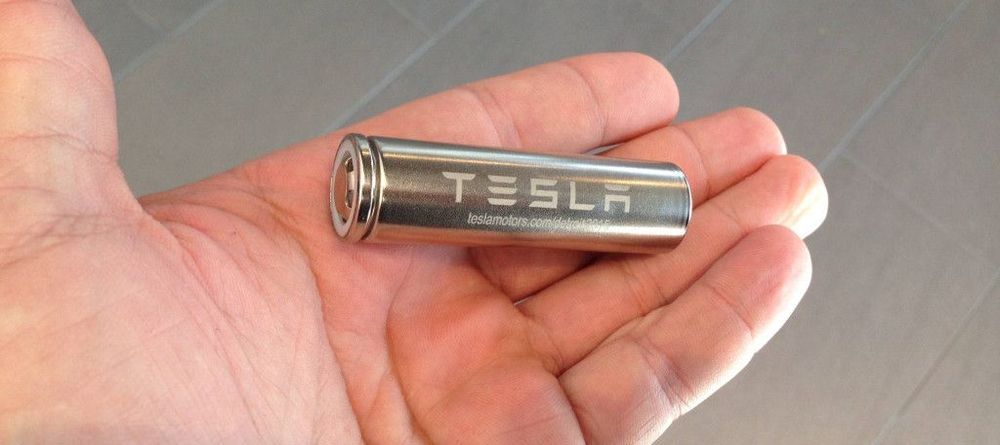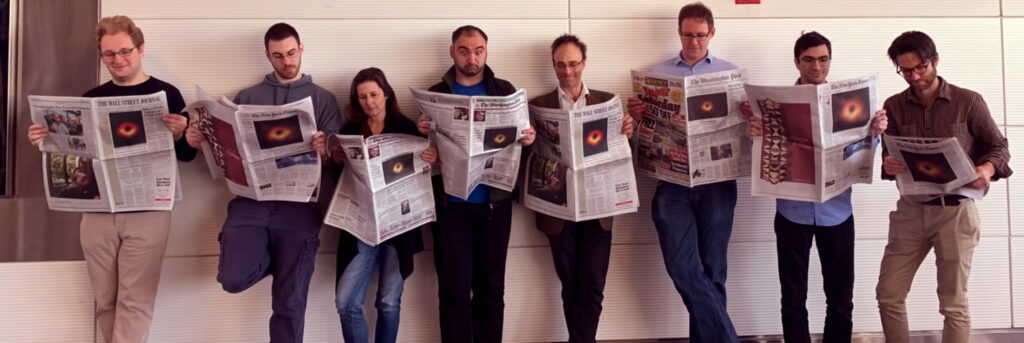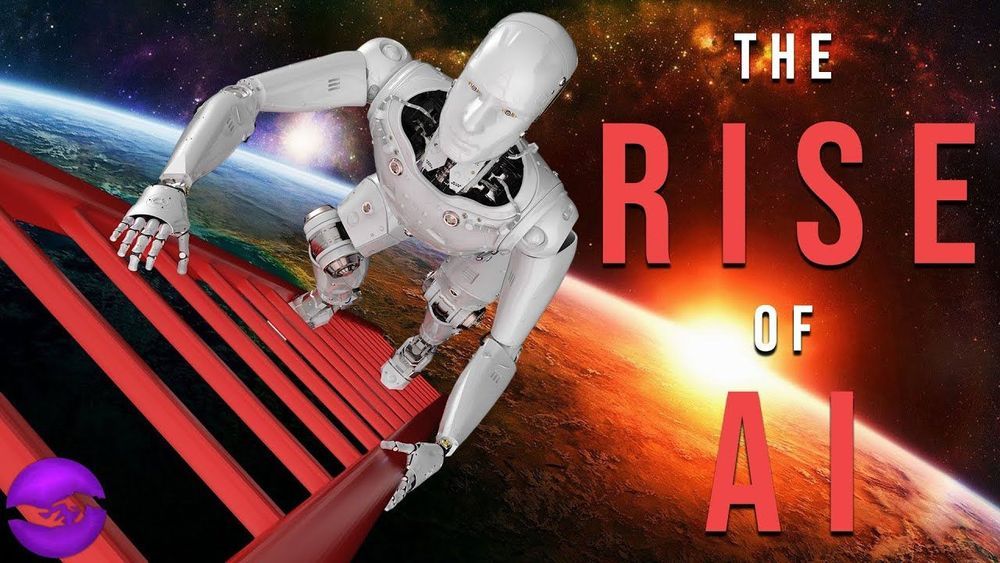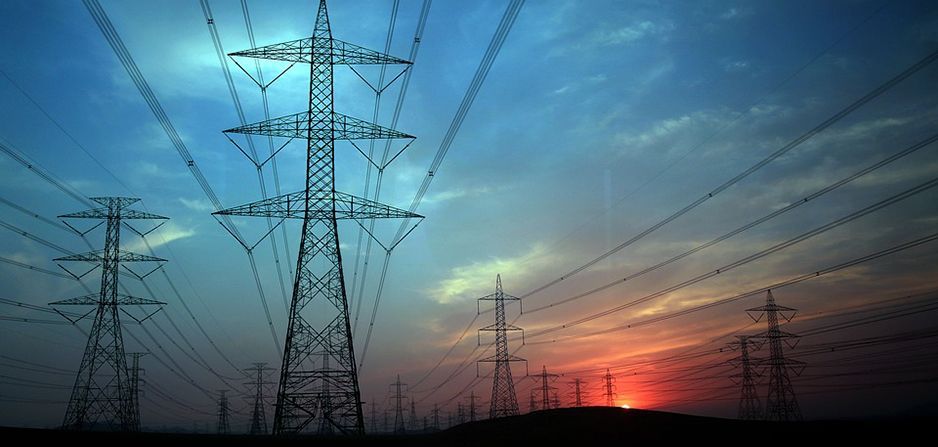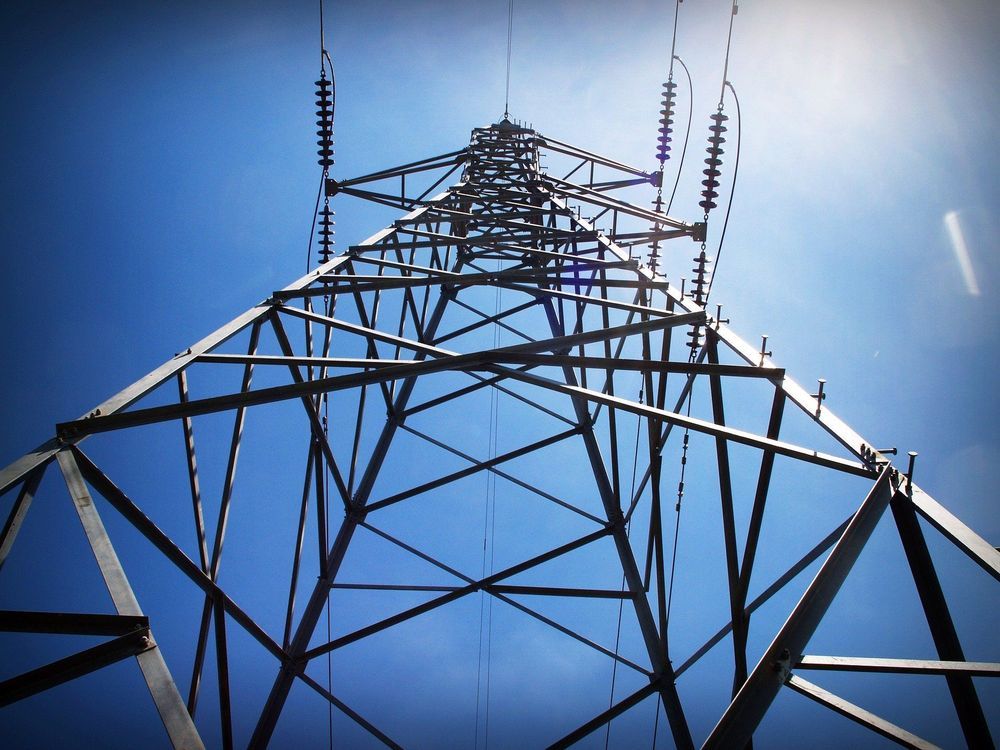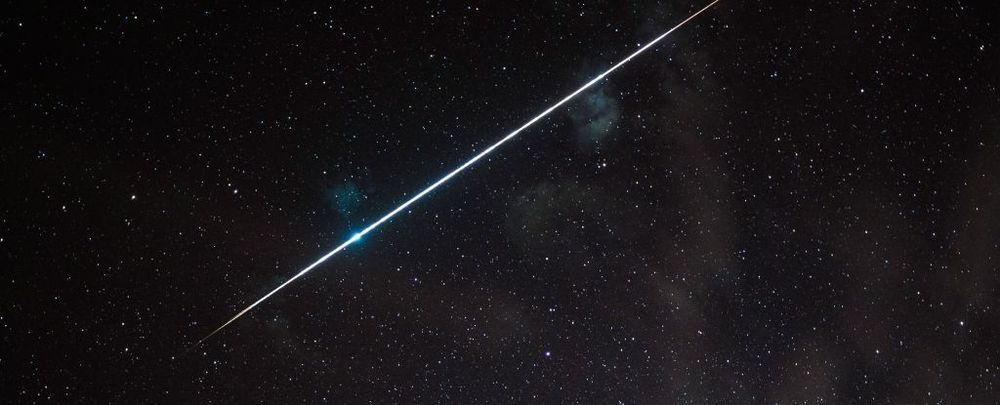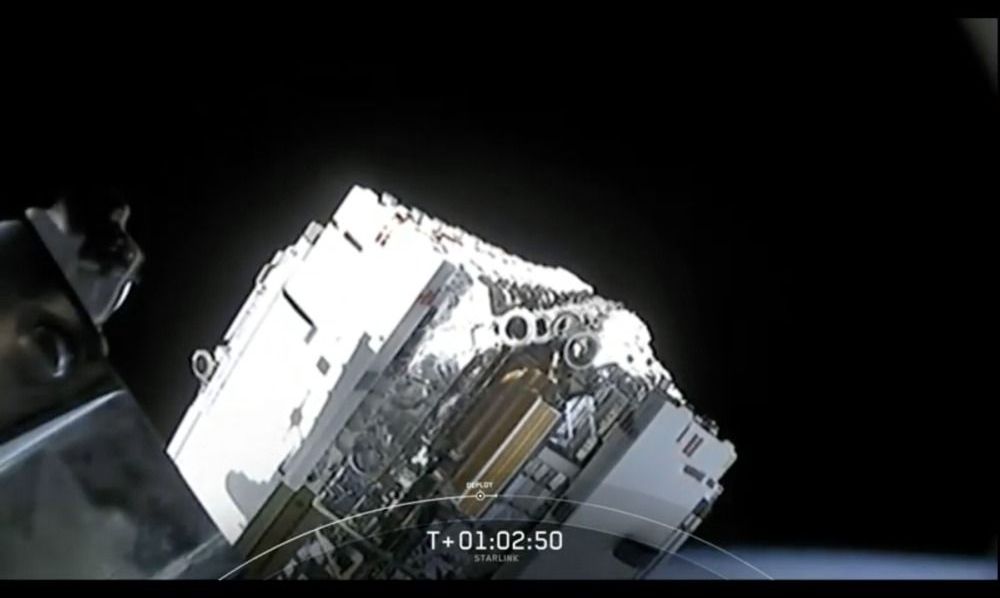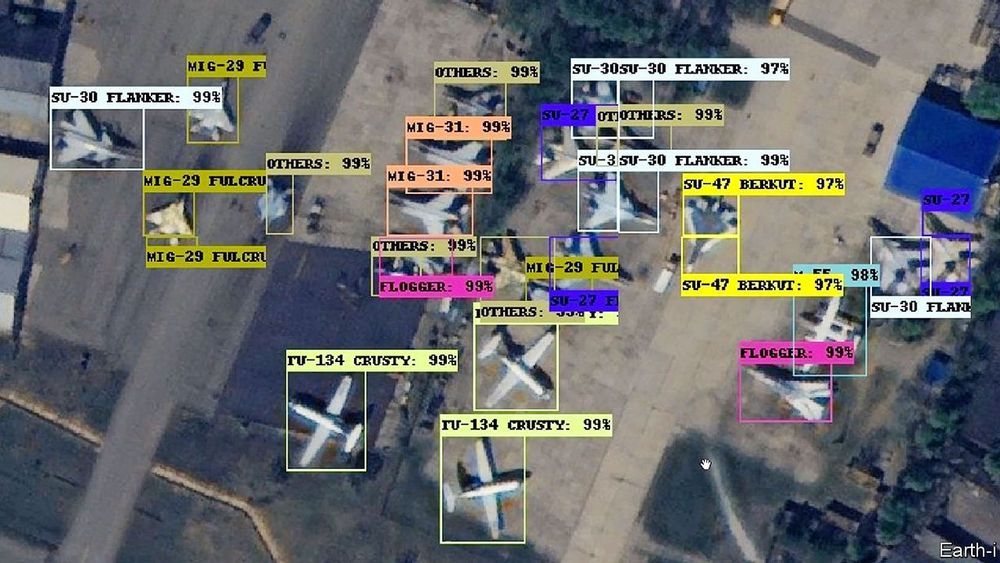Tesla’s battery research group led by Jeff Dahn in Halifax has applied for a patent that describes a new battery cell chemistry that would result in faster charging and discharging, better longevity, and even lower cost.
Jeff Dahn is considered a pioneer in Li-ion battery cells. He has been working on the Li-ion batteries pretty much since they were invented. He is credited for helping increase the life cycle of the cells, which helped their commercialization. His work now focuses mainly on a potential increase in energy density and durability.
In 2016, Dahn transitioned his research group from their 20-year research agreement with 3M to a new association with Tesla under the newly formed ‘NSERC/Tesla Canada Industrial Research’.
